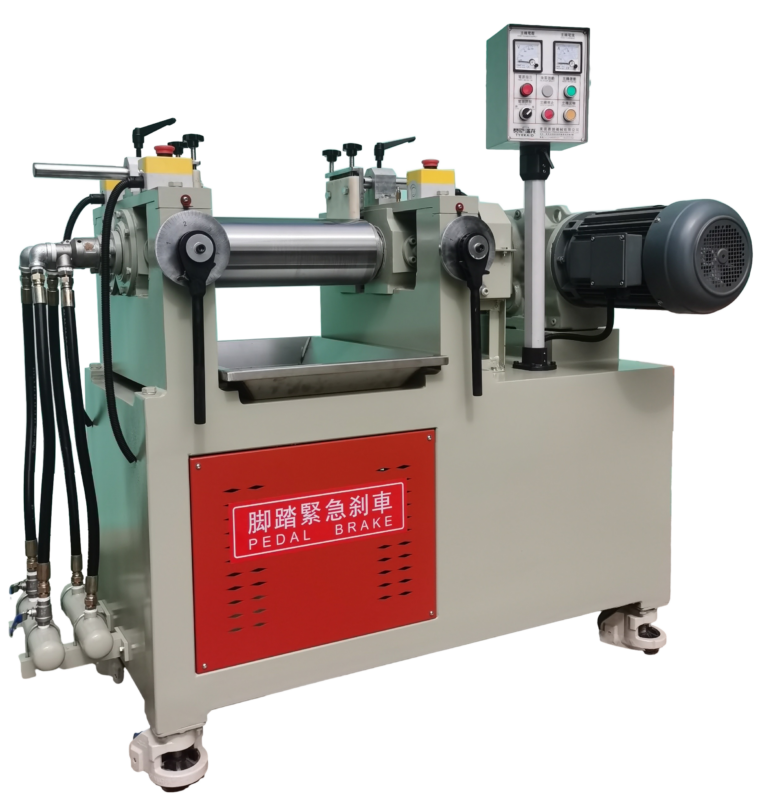
The global utilization of open mills and internal mixers (also known as Banbury mixers) in the rubber and plastics industries reflects a diverse landscape shaped by regional industrial demands, technological advancements, and economic factors. Open mills, characterized by their two horizontally opposed rollers, are traditionally employed for smaller-scale or specialized mixing tasks, offering operators precise control over the mixing process. Internal mixers, on the other hand, are favored for their efficiency in large-scale production, utilizing a closed chamber to mix materials under high pressure and temperature.
In developed markets such as North America and Western Europe, the use of internal mixers predominates due to their high throughput and consistency, which are essential for meeting the stringent quality standards of industries like automotive and aerospace. These regions also exhibit a strong inclination towards automation and energy-efficient models, driven by environmental regulations and the high cost of labor.
Emerging economies, including countries in Asia-Pacific, Latin America, and Africa, present a more varied picture. While internal mixers are increasingly adopted in large manufacturing hubs, open mills remain prevalent in smaller or more cost-sensitive operations. The Asia-Pacific region, in particular, is a significant market for both types of equipment, fueled by the rapid expansion of the automotive and construction sectors in countries like China and India.
Technological trends such as the integration of IoT for predictive maintenance and process optimization are influencing the global market, with manufacturers seeking to enhance the efficiency and longevity of their equipment. Despite the shift towards automation, open mills continue to hold value for their versatility and lower initial investment, ensuring their persistence in the global market landscape.
In summary, the global market for open mills and internal mixers is characterized by a blend of traditional and modern practices, with regional preferences influenced by industrial scale, technological adoption, and economic conditions. The ongoing evolution of these machines reflects the dynamic nature of the industries they serve, balancing the demands of efficiency, quality, and cost-effectiveness.

